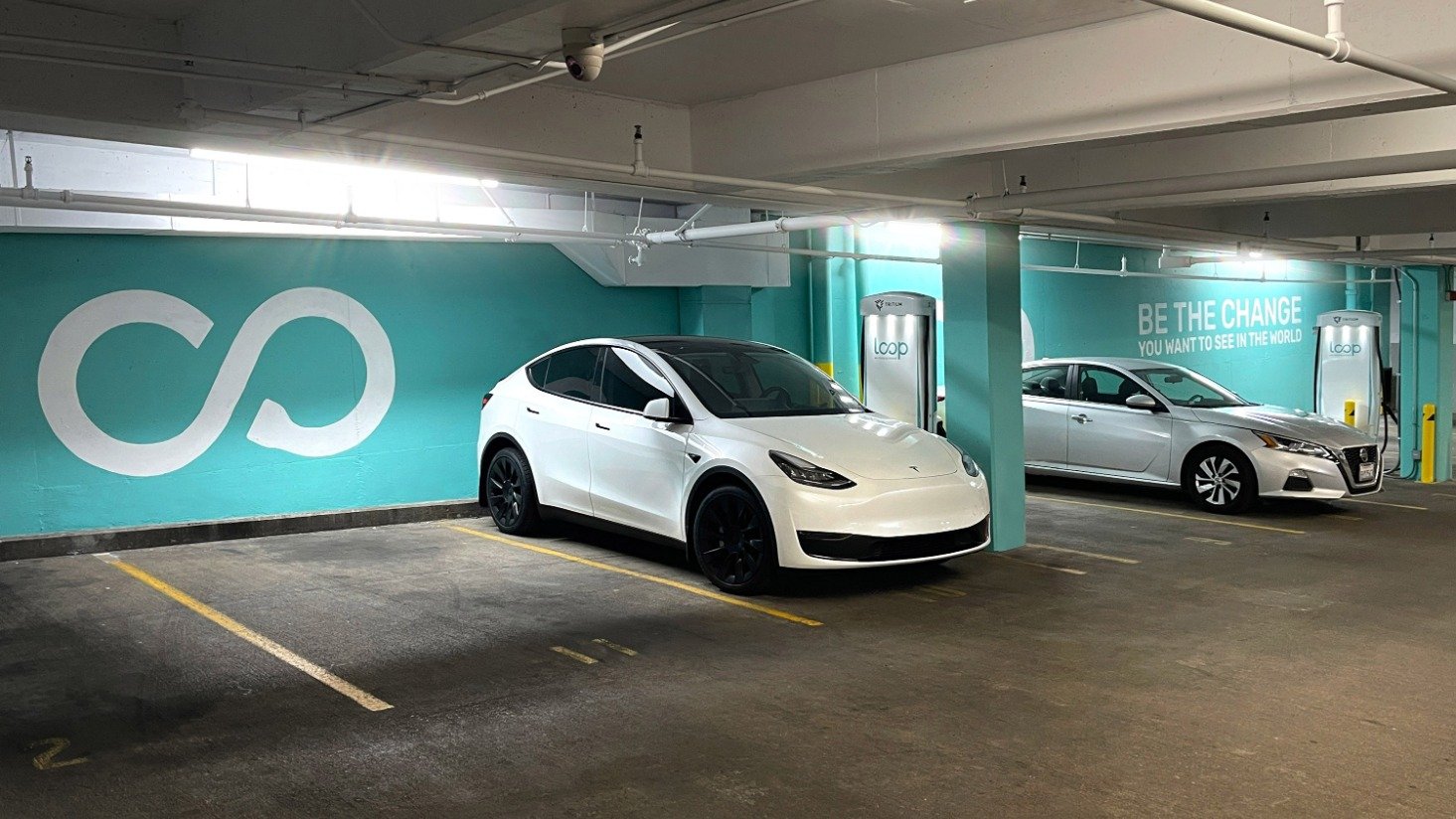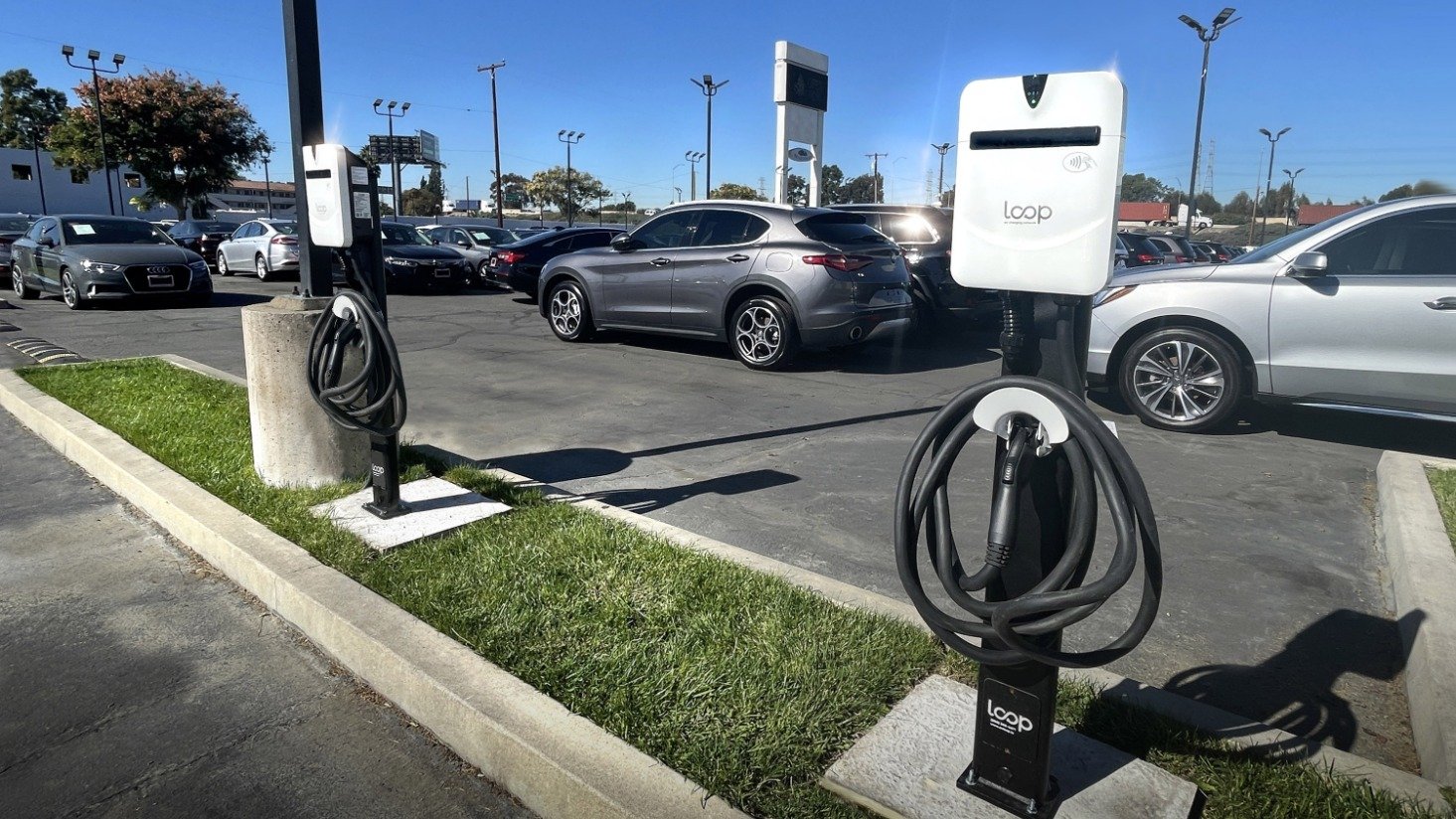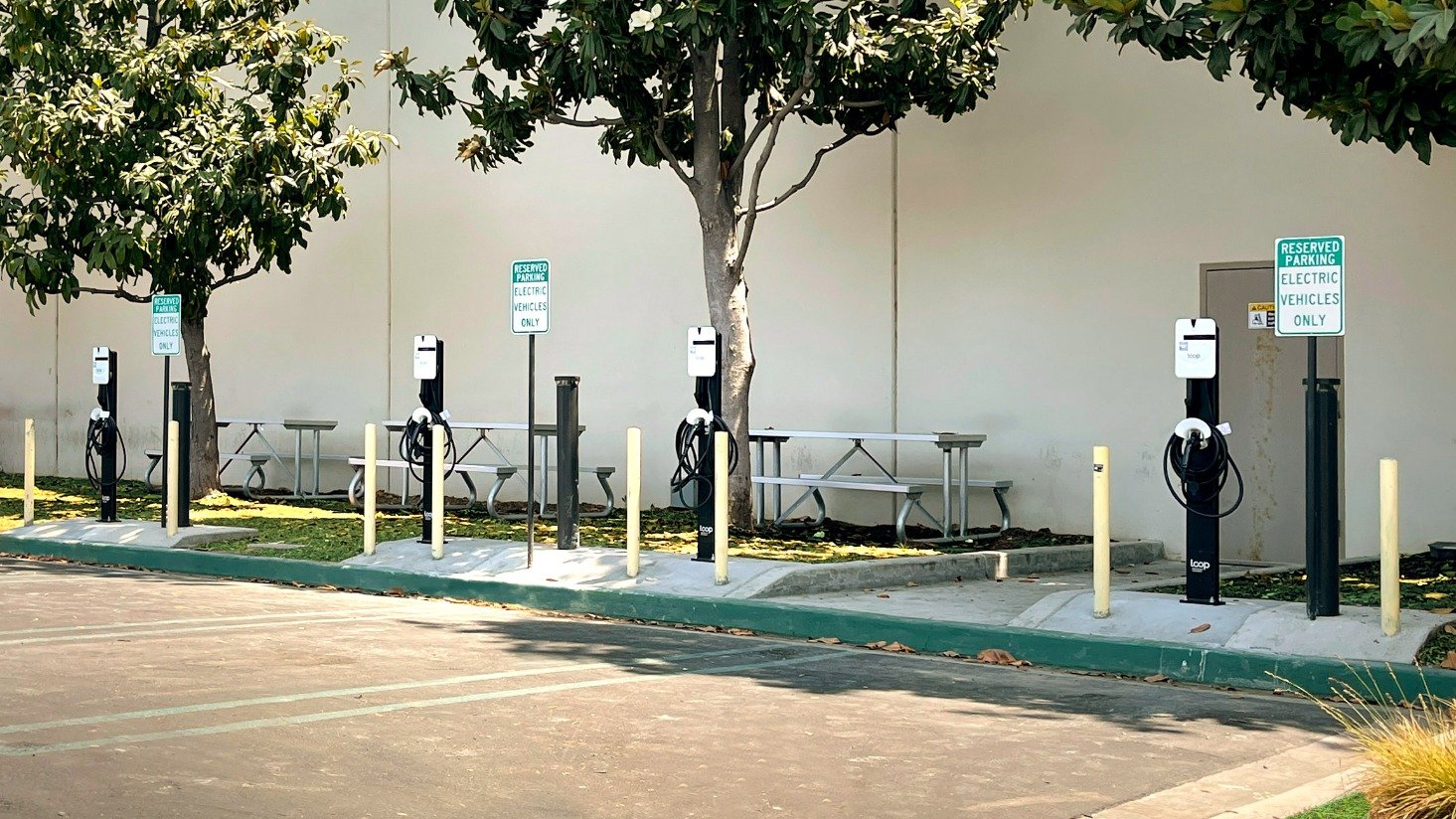EV Charger Rebate Trends for 2023
It's hard to avoid the topic of EV chargers. Whether it's a story covered in the news, a neighboring business who is installing chargers, or a new incentive to install, there is a high demand for EV chargers. The good news: rebates and incentives may help pay for part of the project.
When it comes to staying on top of trends, we trust our friends at BriteSwitch. We often reference them for commercial lighting rebates. Now, they are ahead of the curve on rebate trends for EV chargers.
Most of the US is covered by an EV charger rebate — so it's a great time to join the EV revolution.
2023 rebate trends for EV chargers
New rebate programs are coming online for EV chargers every single day. Incentives are becoming highly available. Right now, 62% of the United States is covered by a rebate.
Let's explain three main rebate trends and how they can inform your decision to consider incentive programs:
- EV charger rebate program growth
- EV charger rebate products and amounts
- EV charger tax credits and project costs
1. EV charger rebate program growth
When you're looking into rebate programs, the first question is typically about availability. Are there programs up for grabs? Currently, there are nearly 500 incentive programs across North America. That number is up by 22% for 2023.
There several different sources for EV charger incentives, including the following:
- Utility
- City/Municipal
- County/Regional
- State
- Federal
The incentive programs include options for all categories of chargers (level 2 commercial and level 3 / DC fast chargers).
2. EV charger rebate products and amounts
Two of the most important questions about rebates after you check for availability are what products qualify and how much is the rebate.
First, let's talk about products. For some programs, only specific chargers or networks qualify for incentives. (If you need to catch up on charger types and networked versus non-networked chargers, check out this article.) Programs may have as little as two models on an approved list while other programs may have hundreds.
25% of rebate programs for EV chargers today require that chargers purchased are on an approved list. That's up from about 20% in 2020. About 10% of programs require that the chargers are connected to an approved network (this is primarily for commercial projects).
Second, let's take a look at how much you'll get back through rebate programs. EV charger rebates are still new, but so far incentive amounts have remained about the same. The only exception is for level 2 commercial chargers, which decreased by 14%. This decrease happened because new programs with lower incentive amounts were released, dropping the national average.
Here are the average EV charger rebate amounts for 2023:
For a level 2 Residential charger, the average rebate across the US is now $521. That's a 5% increase from last year. For level 3 / DCFC chargers, the rebate went up by 2% to $31,306 per charger.
|
2023 Average EV Charger Rebates 2023 AVERAGE EV CHARGER REBATE AMOUNTS |
|
|---|---|
| Level 2 - residential | $521 per charger |
| Level 2 - commercial | $2,013 per charger |
| Level 3 / DCFC | $31,306 per charger |
Rebates are constantly changing for EV chargers, which means the amounts and equipment that qualify are constantly changing as well. For the most part though, the rebate amounts have been pretty stable.
How much does it cost for businesses to install EV chargers?
3. EV charger tax credits and project costs
The Alternative Fuel Infrastructure 30C Tax Credit (more commonly called The Federal Tax Credit for EV chargers), debuted in 2005. It motivated customers across the country.
The government renewed the tax credit in 2022. After January 1, 2023, a property wishing to claim the tax credit must be in an "approved census tract," which are primarily non-urban or low-income parts of the country. These stipulations limit the amount of people who quality for the tax credit.
The base tax credit was also dramatically changed. It's now at 6%, dropped from 30%. Instead of a high base, there are now requirements that multiply the tax credit by 5, up to 30% of the project cost. The spending cap has also increased from $30,000 to $100,000 for commercial projects. If you're considering tax benefits for installing EV chargers, your best bet is to consult a tax professional to ensure you meet your goals.
Installing EV chargers
Rebates are an attractive incentive for making EV charger installations possible. Whether you're looking for a new revenue stream or you're facing a local requirement to get equipment installed, discounts can help your business.
This is a rapidly growing industry, and we're here to help you stay at the forefront (and potentially save some money). Schedule a consultation with our team here. Our goal is to make it easier, faster, and less costly to get EV chargers installed on your property.










